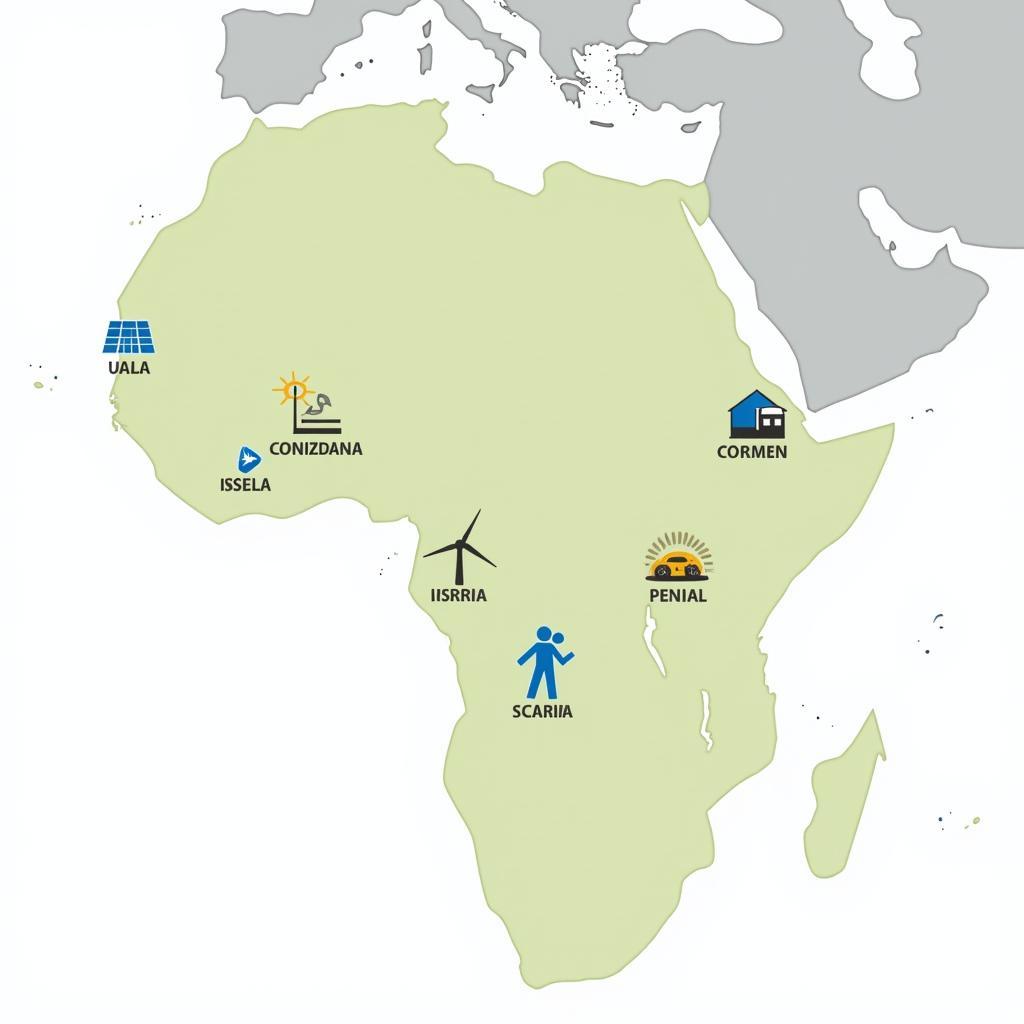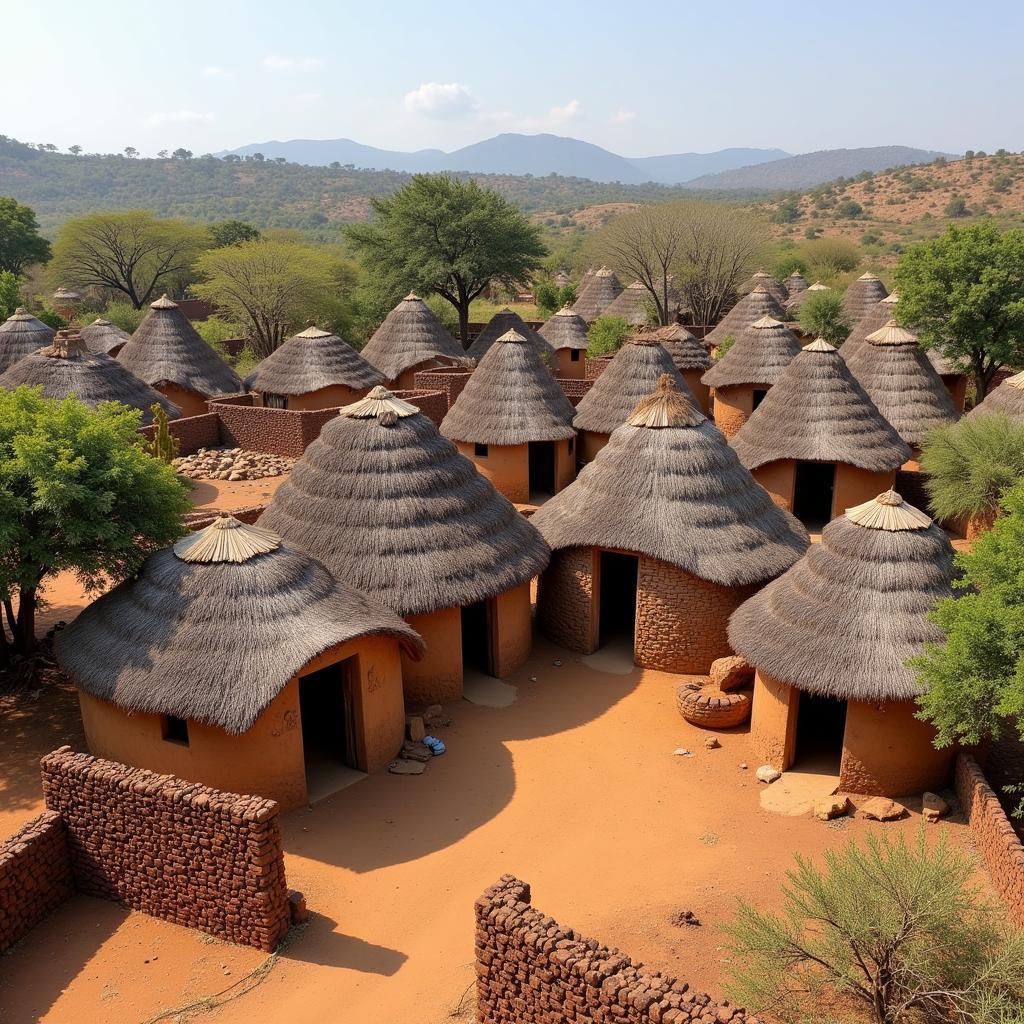African Development Bank’s 2017 Clean Energy Investment Framework: Powering a Sustainable Future
The African Development Bank’s (AfDB) 2017 Clean Energy Investment Framework (CEIF) marked a pivotal moment in Africa’s journey towards a sustainable energy future. Recognizing the immense potential of renewable energy sources, the framework outlined a bold vision and strategic plan to accelerate clean energy development across the continent.
A Continent Ripe for Renewable Energy
Africa possesses vast untapped renewable energy resources, including abundant solar, wind, hydro, and geothermal potential. This, coupled with the continent’s growing energy demands, makes a compelling case for investing in clean energy solutions. The CEIF recognized this opportunity and aimed to unlock Africa’s renewable energy potential to drive sustainable development.
Key Objectives of the CEIF
The CEIF was structured around five key objectives:
- Scaling up investments: The framework sought to significantly increase financial flows towards clean energy projects across Africa.
- Promoting energy access: A central goal was to expand access to affordable and reliable electricity, particularly in rural and underserved communities.
- Enhancing energy security: By diversifying energy sources and reducing reliance on fossil fuels, the CEIF aimed to strengthen Africa’s energy independence.
- Mitigating climate change: Investing in renewable energy directly contributes to reducing greenhouse gas emissions and combating climate change.
- Fostering economic growth: The CEIF recognized the potential of clean energy to create jobs, stimulate innovation, and drive sustainable economic development.
 Impact of Clean Energy Investments in African Countries
Impact of Clean Energy Investments in African Countries
Strategic Pillars of the CEIF
To achieve its ambitious objectives, the CEIF was built on three strategic pillars:
- Enhancing the enabling environment: This involved supporting policies and regulatory frameworks that incentivize clean energy investments and streamline project development.
- Mobilizing private sector participation: Recognizing the crucial role of private investment, the CEIF focused on de-risking projects and creating attractive investment opportunities for the private sector.
- Strengthening institutional capacity: Building the capacity of African institutions to effectively manage and implement clean energy projects was a key priority.
Impact and Progress
Since its launch, the CEIF has played a catalytic role in advancing clean energy development across Africa. The framework has mobilized significant investments, supported numerous renewable energy projects, and contributed to expanding energy access in many communities.
“The CEIF is a testament to the African Development Bank’s commitment to a sustainable future for Africa. By harnessing the power of renewable energy, we can unlock inclusive and sustainable development for generations to come,” states Dr. Akinwumi Adesina, President of the African Development Bank.
 Looking Ahead: The Future of Clean Energy in Africa
Looking Ahead: The Future of Clean Energy in Africa
Conclusion
The African Development Bank’s 2017 Clean Energy Investment Framework has been instrumental in driving Africa’s clean energy transition. By providing a strategic roadmap and mobilizing investments, the CEIF has paved the way for a more sustainable and prosperous future for the continent. As Africa continues to embrace its renewable energy potential, the CEIF will remain a vital framework for guiding investments and ensuring a just and equitable energy transition.

